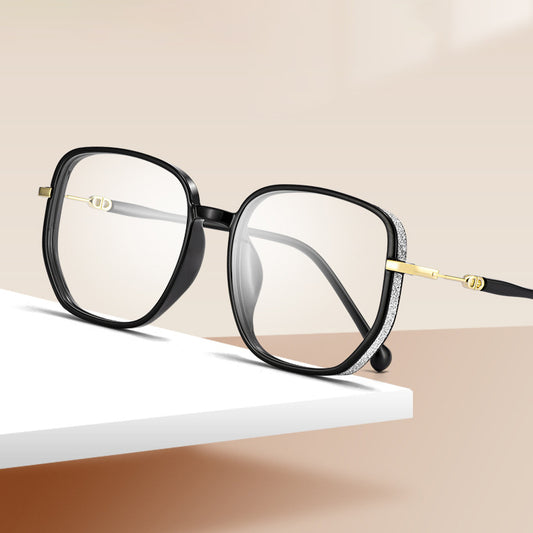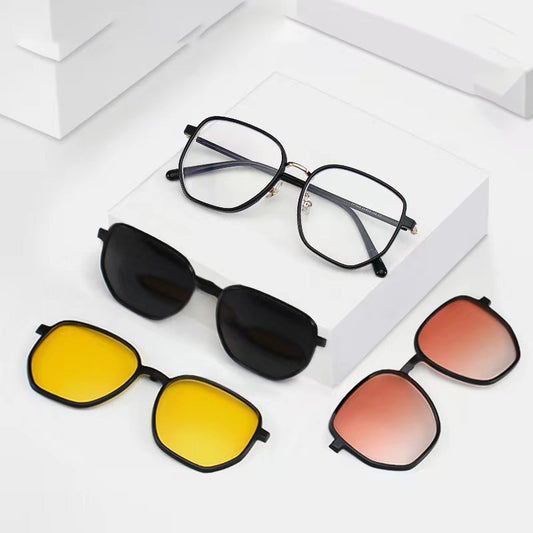Why is Frame Size Important?
Before we dive into how to measure your frame size, it's important to understand why it matters. Glasses come in a variety of sizes to fit different face shapes and sizes, and finding the right fit is essential for both comfort and visual acuity. Wearing glasses that are too large or too small can cause a number of problems, including discomfort, headaches, and distorted vision.
How to Measure Your Frame Size
The first step in determining your frame size is to measure your face. Here are the measurements you'll need to take:
- Pupil Distance (PD): This is the distance between the centers of your pupils, measured in millimeters. You can measure your PD yourself using a ruler or have it measured by an optometrist or optical shop.
- Lens Width: This is the horizontal width of each lens, measured in millimeters. It's typically the first number listed on a glasses frame measurement, such as "52-18-140".
- Bridge Width: This is the distance between the two lenses where the glasses rest on your nose, measured in millimeters. It's typically the second number listed on a glasses frame measurement.
- Temple Length: This is the length of the "arms" of the glasses that extend over your ears, measured in millimeters. It's typically the third number listed on a glasses frame measurement.
Once you have these measurements, you can use them to determine your frame size. To do this, start by finding a pair of glasses that fit you well and look at the numbers on the inside of the temple arm. These numbers represent the measurements of the glasses frame, with the lens width listed first, followed by the bridge width and temple length.
If you don't have a pair of glasses to use as a reference, you can estimate your frame size based on your face shape and size. Here are some general guidelines:
- Small Face: If your face is on the smaller side, look for frames with a lens width of 42-48mm, a bridge width of 16-18mm, and a temple length of 130-135mm.
- Medium Face: If your face is average size, look for frames with a lens width of 49-54mm, a bridge width of 19-21mm, and a temple length of 135-140mm.
- Large Face: If your face is larger, look for frames with a lens width of 55mm or more, a bridge width of 22mm or more, and a temple length of 140mm or more.
Tips for Finding the Right Fit
In addition to knowing your frame size, there are a few other things to keep in mind when shopping for glasses:
- Try Them On: Different frame styles can fit differently, so it's important to try on several pairs to find the right fit.
- Consider Your Prescription: If you have a strong prescription, you may need a smaller frame to avoid thick, heavy lenses.
- Think About Your Lifestyle: If you're active or spend a lot of time outdoors, consider frames that are durable and have UV protection.
- Don't Forget Style: Glasses are a fashion statement, so choose frames that reflect your personal style and make you feel confident.
Conclusion
Finding the perfect pair of glasses starts with knowing your frame size. By measuring your face and using these measurements to determine your frame size, you can ensure a comfortable, properly fitting pair of glasses that will enhance your vision and your style.








